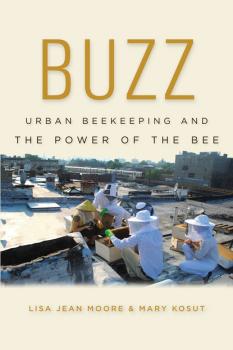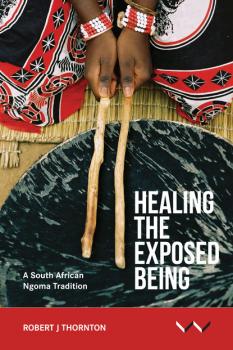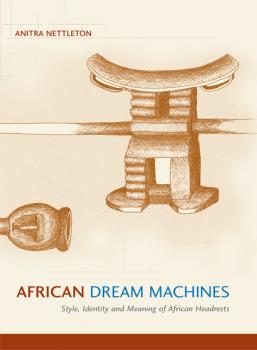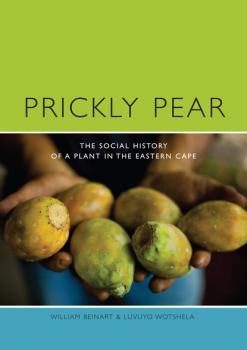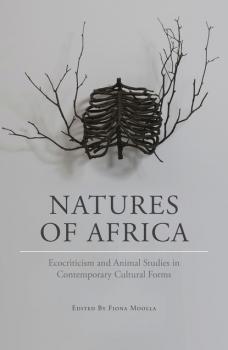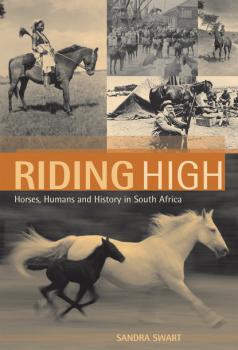Биология
Различные книги в жанре БиологияBuzz
Winner, 2014 Distinguished Scholarship Award presented by the Animals & Society section of the American Sociological Association Bees are essential for human survival—one-third of all food on American dining tables depends on the labor of bees. Beyond pollination, the very idea of the bee is ubiquitous in our culture: we can feel buzzed; we can create buzz; we have worker bees, drones, and Queen bees; we establish collectives and even have communities that share a hive-mind. In Buzz, authors Lisa Jean Moore and Mary Kosut convincingly argue that the power of bees goes beyond the food cycle, bees are our mascots, our models, and, unlike any other insect, are both feared and revered. In this fascinating account, Moore and Kosut travel into the land of urban beekeeping in New York City, where raising bees has become all the rage. We follow them as they climb up on rooftops, attend beekeeping workshops and honey festivals, and even put on full-body beekeeping suits and open up the hives. In the process, we meet a passionate, dedicated, and eclectic group of urban beekeepers who tend to their brood with an emotional and ecological connection that many find restorative and empowering. Kosut and Moore also interview professional beekeepers and many others who tend to their bees for their all-important production of a food staple: honey. The artisanal food shops that are so popular in Brooklyn are a perfect place to sell not just honey, but all manner of goods: soaps, candles, beeswax, beauty products, and even bee pollen. Buzz also examines media representations of bees, such as children’s books, films, and consumer culture, bringing to light the reciprocal way in which the bee and our idea of the bee inform one another. Partly an ethnographic investigation and partly a meditation on the very nature of human/insect relations, Moore and Kosut argue that how we define, visualize, and interact with bees clearly reflects our changing social and ecological landscape, pointing to how we conceive of and create culture, and how, in essence, we create ourselves.
Until My Freedom Has Come
The pieces in this volume voice the rage and helplessness sweeping through the Kashmir Valley while offering rare insights into the lives of those caught in the crossfire. This book is a timely collection of the most exciting writing that has recently emerged from within Kashmir, and about it. Sanjay Kak is a documentary filmmaker whose work includes Jashn-e-Azadi (How We Celebrate Freedom, 2007), a feature-length film about Kashmir. He is based in New Delhi, India.
Prickly Pear
While there are many studies of the global influence of crops and plants, this is perhaps the first social history based around a plant in South Africa. Plants are not quite historical actors in their own right, but their properties and potential help to shape human history. Plants such as prickly pear tend to be invisible to those who do not use them, or at least on the peripheries of people?s consciousness. This book explains why they were not peripheral to many people in the Eastern Cape and why a wild and sometimes invasive cactus from Mexico, that found its way around the world over 200 years ago, remains important to African women in shacks and small towns. The central tension at the heart of this history concerns different and sometimes conflicting human views of prickly pear. Some accepted or enjoyed its presence; others wished to eradicate it. While commercial livestock farmers initially found the plant enormously valuable, they came to see it as a scourge in the early twentieth century as it invaded farms and commonages. But for impoverished rural and small town communities of the Eastern Cape it was a godsend. In some places it still provides a significant income for poor black families. Debates about prickly pear _ and its cultivated spineless variety _ have played out in unexpected ways over the last century and more. Some scientists, once eradicationists, now see varieties of spineless cactus as plants for the future, eminently suited to a world beset by climate change and global warming. The book also addresses central problems around concepts of biodiversity. How do we balance, on the one hand, biodiversity conservation with, on the other, a recognition that plant transfers _ and species transfers more generally _ have been part of dynamic production systems that have historically underpinned human civilizations. American plants such as maize, cassava and prickly pear have been used to create incalculable value in Africa. Transferred plants are at the heart of many agricultural systems, as well as hybrid botanical and cultural landscapes, sometimes treasured, that are unlikely to be entirely reversed. Some of these plants displace local species, but are invaluable for local livelihoods. Prickly Pear explores this dilemma over the long term and suggests that there must be a significant cultural dimension to ideas about biodiversity. The content of Prickly Pear is based on intensive archival research, on interviews conducted in the Eastern Cape by the authors, as well as on their observations of how people in the area use and consume the plant.
Natures of Africa
Environmental and animal studies are rapidly growing areas of interest across a number of disciplines. Natures of Africa is one of the first edited volumes which encompasses transdisciplinary approaches to a number of cultural forms, including fiction, non-fiction, oral expression and digital media. The volume features new research from East Africa and Zimbabwe, as well as the ecocritical and eco-activist ?powerhouses? of Nigeria and South Africa. The chapters engage one another conceptually and epistemologically without an enforced consensus of approach. In their conversation with dominant ideas about nature and animals, they reveal unexpected insights into forms of cultural expression of local communities in Africa. The analyses explore different apprehensions of the connections between humans, animals and the environment, and suggest alternative ways of addressing the challenges facing the continent. These include the problems of global warming, desertification, floods, animal extinctions and environmental destruction attendant upon fossil fuel extraction. There are few books that show how nature in Africa is represented, celebrated, mourned or commoditised. Natures of Africa weaves together studies of narratives _ from folklore, travel writing, novels and popular songs _ with the insights of poetry and contemporary reflections of Africa on the worldwide web. The chapters test disciplinary and conceptual boundaries, highlighting the ways in which the environmental concerns of African communities cannot be disentangled from social, cultural and political questions. This volume draws on and will appeal to scholars and teachers of oral tradition and indigenous cultures, literature, religion, sociology and anthropology, environmental and animal studies, as well as media and digital cultures in an African context.
Riding High
Horses were key to the colonial economies of southern Africa, buttressing the socio-political order and inspiring contemporary imaginations. Just as they had done in Europe, Asia, the Americas and North Africa, these equine colonizers not only provided power and transportation to settlers (and later indigenous peoples) but also helped transform their new biophysical and social environments. The horses introduced to the southern tip of Africa were not only agents but subjects of enduring changes. This book explores the introduction of these horses under VOC rule in the mid-seventeenth century, their dissemination into the interior, their acquisition by indigenous groups and their ever-shifting roles. In undergoing their relocation to the Cape, the horse of the Dutch empire in southeast Asia experienced a physical transformation over time. Establishing an early breeding stock was fraught with difficulty and horses remained vulnerable in the new and dangerous environment. They had to be nurtured into defending their owners? ambitions: first those of the white settlement and then African and other hybrid social groupings. The book traces the way horses were adapted by shifting human needs in the nineteenth century. It focuses on their experiences in the South African War, on the cusp of the twentieth century, and highlights how horses remained integral to civic functioning on various levels, replaced with mechanization only after lively debate. The book thus reinserts the horse into the broader historical narrative. The socio-economic and political ramifications of their introduction is delineated. The idea of ecological imperialism is tested in order to draw southern African environmental history into a wider global dialogue on socio-environmental historiographical issues. The focus is also on the symbolic dimension that led horses to be both feared and desired. Even the sensory dimensions of this species? interaction with human societies is explored. Finally,
